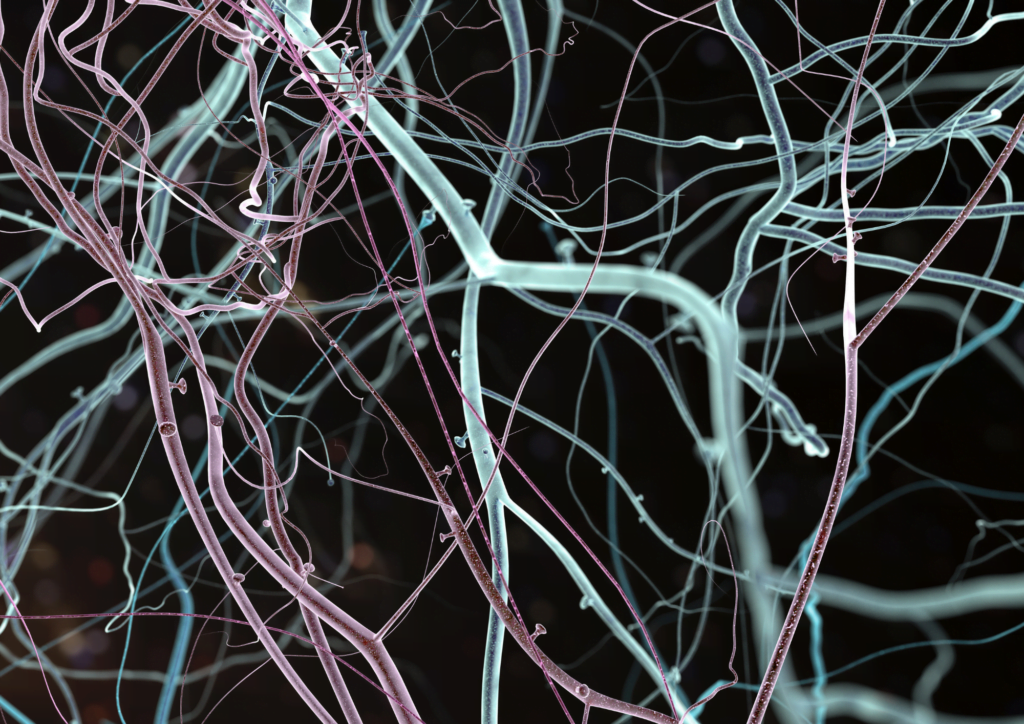The Value of Neurodiversity
In the spirit of autism awareness, I polled some of my autistic and neurodiverse friends to ask what they’d like the world to understand about their amazing minds and their experience of the world.
This is the list we came up with together:Learn about autism from people who are actually autistic. Read their stories, listen to their podcasts, laugh at their memes.
Autism is unique to each individual. While there can be similarities between autistic people please do not assume. What one autistic person finds soothing, another might find annoying or painful.
Use people’s preferred language and labels. Some people say they “have autism” and others say they “are autistic”. Some prefer “neurodiverse” or use older diagnostic terms like “Aspergers”.
A person needs to be experiencing significant challenges before a diagnosis is reached. Comments like ‘everyone is a bit autistic’ or ‘I have some traits too’ are often said in a well-intended way but can leave an autistic person feeling like their daily challenges and special needs are not seen as legitimate or worthy of support.
Sensory differences are a common challenge for autistic people. Sensory seeking describes the need for sensory input. This might mean enjoying loud music, lots of movement or colourful art. Sensory defensiveness describes needing to avoid sensory input. This might mean blocking out sounds with headphones, wearing soft seamfree clothes or preferring places with fewer people. Each individual has their own sensory profile and unique needs.
Autism can be extremely debilitating for some people and like a superpower for others – recognise that it creates different challenges for each individual.
You might have heard labels like ‘high functioning’ and ‘low functioning.’ These labels can give a very broad sense of how an autistic person experiences the world, but you should know that functioning ebbs and flows and the amount of effort needed to do similar tasks can vary day to day.
Autistic people are often judged by how their behaviours and traits affect those around them, rather than how the world affects the autistic person.
Trying to behave typically and fit in with social norms can be exhausting for autistic people and this effort is usually invisible to other people.
The word neurodiversity describes the wide range of colourful and exciting neurological differences found in our community. Neurodiversity is responsible for some incredible thinkers, creators, problem solvers and artists.
For a long time, many people assumed autism mostly affected boys and men. Now we understand that autistic girls and women tend to present differently and require different screening tools. It’s now believed that autism is much more balanced between genders.
There are real-world barriers to getting an autism diagnosis. A diagnosis may require appointments with a few different health professionals followed by several assessments and follow up appointments. This requires time, emotional labour and financial commitment that many choose not to make. The lack of formal diagnosis does not make them any less autistic.
Disability is not a dirty word, and autism is part of the disability community.
We don’t have a “look”. People don’t “look autistic”.
We are not missing anything, we are wired differently. Our brains work differently.
Autistic people who don’t speak still have a lot to say, they just communicate in other ways.
The autistic spectrum is not a sliding scale from one extreme to the other. It’s more like an infinite colour spectrum with each person having their own unique colour pallet.
My favourite thing about my neurodiversity is having special interests. I am capable of intense sustained focus on a specific topic or skill and can quickly become an expert at anything I put my mind to.
About Jo PriceJo has over 12 years of experience in community development and stakeholder engagement, working with not-for-profit and private organisations. She has a special interest in online engagement and continuous improvement for our industry.
She is a big picture thinker, and is passionate about creating systems that support vulnerable people to participate in their communities. When solutions are found, Jo’s attention shifts to monitoring, replicating results, reducing the workload, and creating a prevention strategy. Good ideas need to be shared so they can benefit more people!


